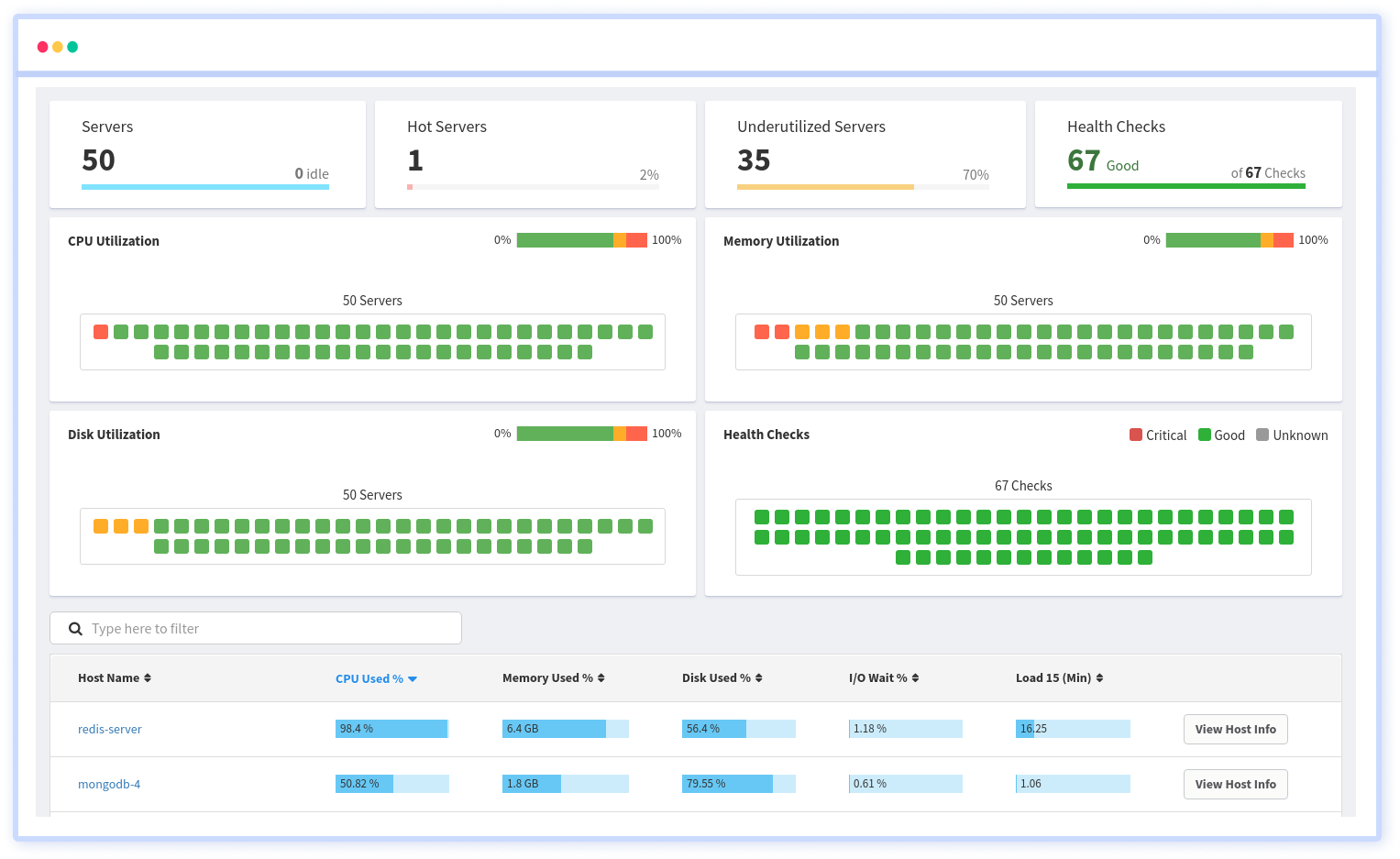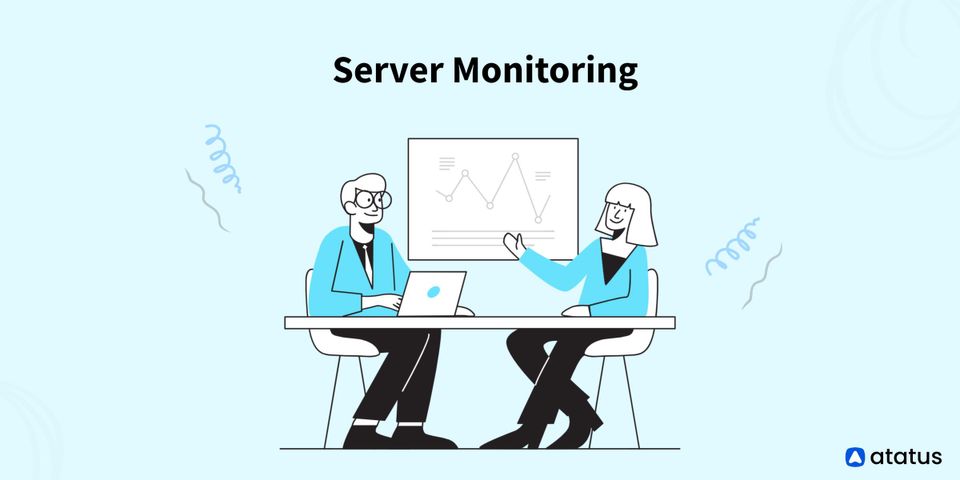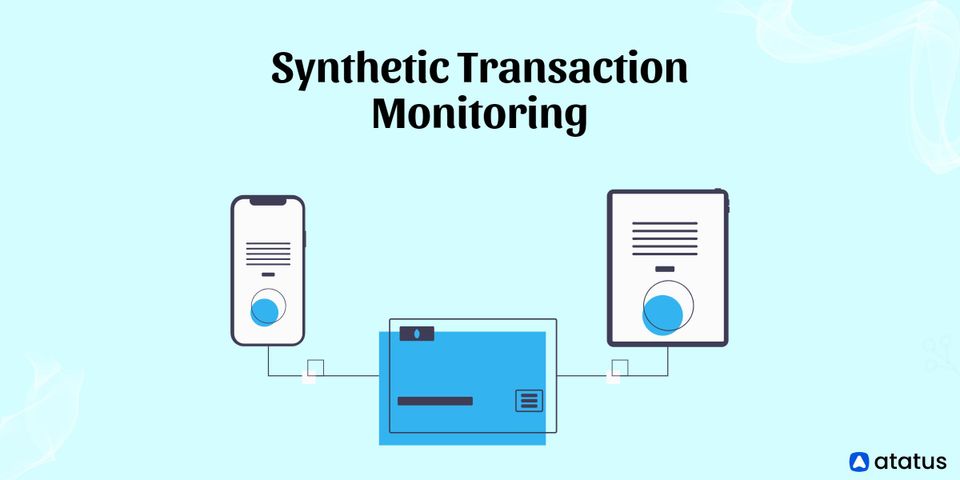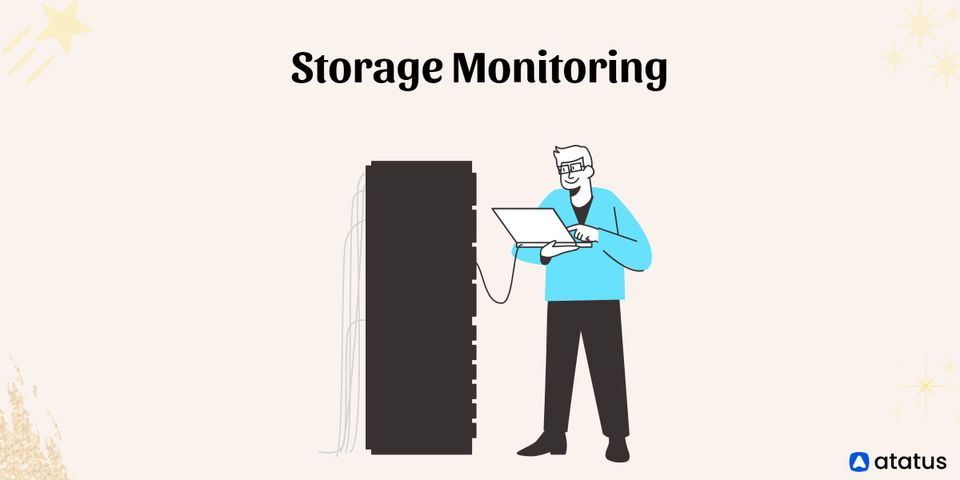The term “server monitoring” is confusing because of the large variety of servers available. A web server can be a physical device, but it's more commonly used to refer to a virtual server running on a physical machine shared by dozens of other customers, each with its web server system. Server devices and software include mail servers, print servers, and database servers, to name a few.
Each of these servers requires a unique form of technological oversight, and the conventional "off the shelf" server monitoring tool is unlikely to be suitable for all of them.
We will cover the following:
- What is Server Monitoring?
- How does Server Monitoring Work?
- What Type of Servers can be Monitored?
- Why is Server Monitoring Important?
What is Server Monitoring?
Server monitoring is the process of acquiring visibility into the actions on your servers, whether physical or virtual. Servers are equipment that store and process data that is made available on-demand to other devices, applications, or users.
A single server can handle hundreds, if not thousands, of requests at the same time. As a result, a key part of IT infrastructure is ensuring that all of an organization's servers are working as planned.
IT companies rely on cloud service providers and a vast number of data centers and technology to support their complex IT infrastructures and develop business strategies. IT organizations can design and deploy any type of IT infrastructure using the cloud echo system.
Cloud service providers offer a variety of features that assist in the development and expansion of businesses. Infrastructure as a service (IaaS) providers like Amazon, Microsoft Azure, and Google assist IT organizations scale up their storage, networking, servers, and virtual hosting capabilities.
When it comes to deployment and dependencies, it's critical to keep track of operations and transactions to avoid failure. Security and availability have become major problems as a result of the increasing number of servers being put in the cloud.
Furthermore, a large number of endpoints and cloud applications can serve as a doorway for attackers to break network security. As a result, it's critical to keep track of network speed and availability, protect the network to improve user experience, and keep downtime to a minimum.

For these reasons, it is necessary to monitor servers that are installed on-premise or in the cloud. Organizations can secure their servers by monitoring them. Various metrics that help organizations protect servers from potential damage can be monitored and measured depending on the type of server.
How does Server Monitoring Work?
The actual server monitoring method will vary depending on the server monitoring software solution you choose and the cloud-based server you're trying to monitor. You'll need to select and configure a server monitoring solution that collects data from all of your cloud-based servers as your IT organization grows in size and number of deployments.
The process of server monitoring can be broken down into five steps:
- Determine the Most Critical KPIs
The first step in server monitoring is determining exactly what data you want to track on each server. Your options here are determined by the functionality that the server provides for your company. You can determine that availability and responsiveness are the most important KPIs for an application server. The most critical factors for a web server are capacity and speed. Latency, data throughput, and data loss may be more important for a data storage server. - Set Baseline KPI Values
After you've identified which KPIs are the most critical, you'll need to assess each server's performance against each KPI metric and establish an acceptable range of values for each KPI. This initial measurement will serve as a baseline against which future server performance will be measured. - Configure Data Collection and Analysis
To pull data from the servers installed in your cloud environment, a server monitoring tool must be properly configured. Server monitoring tools track server activity by streaming event logs, also known as log files, which the server generates automatically. On the server, log files provide information about issues, user activity, and security events. Server monitoring tools track server operating system KPIs such as CPU and memory availability, network connectivity, and disk performance in addition to log files. - Set up Comprehensive and Specific Alerts
After you've set up your data collection and aggregation, you'll need to create an alert system that will notify you and your team when a KPI is breached and your chosen metrics fall below threshold values. - Get Ready to Respond
Finally, you'll need to define your alert response policy and method. Who is in charge of looking into security alerts? Trying to solve operational challenges? What types of alerts require action, and how urgent should that action be? All of these questions must be addressed as you choose how your company will handle various types of event notifications.
IT companies can obtain a favorable return on investment from their server monitoring system by responding swiftly to security and operational issues, ensuring compliance with internal and external standards, and decreasing application downtime when these five processes are optimized.

What Type of Servers can be Monitored?
Monitoring software can be installed on any server, including those in the cloud. Although cloud providers have their monitoring tools, they may not be adequate for an organization's needs. Many third-party tools, including cloud servers, are available to monitor the entire environment.
Server monitoring is possible on:
- Accessibility
It is critical to have sufficient bandwidth and server accessibility. The accessibility of a server and its response time can be tested by pinging it. - Application Servers
Employees and other users frequently access applications hosted on servers. For instance, you might run a database on a server that is accessible to both your web application and internal employee desktop tools. This server's uptime is monitored to guarantee that the web application remains operational. - Failure
When servers fail to perform the desired tasks, it causes several critical activities to fail. For example, if the server is unable to retrieve the product information from the database, users will be unable to view product information, resulting in a poor user experience. - File Storage Servers
File servers are mostly used to store data. If storage space becomes scarce, productivity and any applications that save data on the server may suffer. Monitoring software helps guarantee that enough storage space is available. - Memory Usage
With so many transactions and modules being deployed every second, it's critical to ensure that the system has enough CPU and memory. Memory overuse can have an impact on the user's experience and performance. - Network Servers
Several protocols and services operating on servers are used in a standard TCP/IP network. A DNS (Domain Name System) server, for example, will convert friendly names to IP addresses. IP addresses are assigned to network resources by a DHCP (Dynamic Host Configuration Protocol) server. If these services are down, the network's productivity may suffer. These servers' uptime and performance are monitored to ensure that critical network functions are available. - Response Time
It's critical to get a quick response from a server, especially when there are so many transactions and dependencies happening at once. - Security
The success or failure of authentication can reveal information about the system's performance. Both attempts assist the administrators in better securing the system. - Web Servers
Web servers run a variety of applications that are accessible via the Internet or internally. Web servers typically provide services on ports 80 (HTTP) and 443 (HTTPS), but they may also host other applications for employees or Internet users. Web server performance, uptime, hosting processes, CPU and memory usage, and unexpected traffic patterns can all be monitored with monitoring software.
Why is Server Monitoring Important?
Servers are some of the most important components of your IT infrastructure, thus monitoring their performance and availability is key to the overall health of your network. Customers may choose to visit somewhere else if a web server is down, running slowly, having outages, or otherwise performing poorly. Key business data, such as accounting files or customer records, could be corrupted if an internal file server generates errors.
Server monitoring is intended to observe your systems and give IT management a variety of vital metrics about their performance. A server monitor, in general, checks for accessibility (ensuring that the server is up and running) and response time (ensuring that it is fast enough to keep users satisfied), while also alerting for errors (missing or corrupt files, security violations, and other problems).
Server monitoring is also predictive: Is the disk about to run out of space? Is it possible that memory or CPU utilization will be throttled?

Server monitoring is most commonly used for real-time data processing, but it can also be useful for analyzing past data. An analyst can identify if a server's performance is decreasing over time and even predict when a total breakdown is inevitable by looking at past weeks or months.
Conclusion
Server monitoring is an important part of any IT operation because servers are the technical lifeblood of any business. It makes the reason that IT managers would want to ensure that they are working to their full capacity. To make this possible, you'll need a clever server monitoring and management solution.
But keep in mind that the greatest server monitoring solutions aren't merely reactive, alerting you to issues only after they occur. They're also proactive, alerting you to possible problems before they turn into disasters and putting you ahead of the game when it comes to developing a solution.
Explore:
Monitor Your Infrastructure with Atatus
Atatus provides complete visibility into your infrastructure, allowing you to analyze and manage business-critical performance issues. Correlating application metrics, logs, and traces can help you make better business decisions and troubleshoot issues faster. You'll be able to see how your servers or cloud instances are being used in real-time.
Monitor all of your hosts' major performance indicators, including CPU, memory, I/O, disks, network, and load averages, as well as trends for all your servers. You will provide actual business value throughout your server landscape by monitoring the health and performance of your services, hosts, containers, and resources that impact your business revenue.

Atatus can be beneficial to your business, which provides a comprehensive view of your application, including how it works, where performance bottlenecks exist, which users are most impacted, and which errors break your code for your frontend, backend, and infrastructure.





